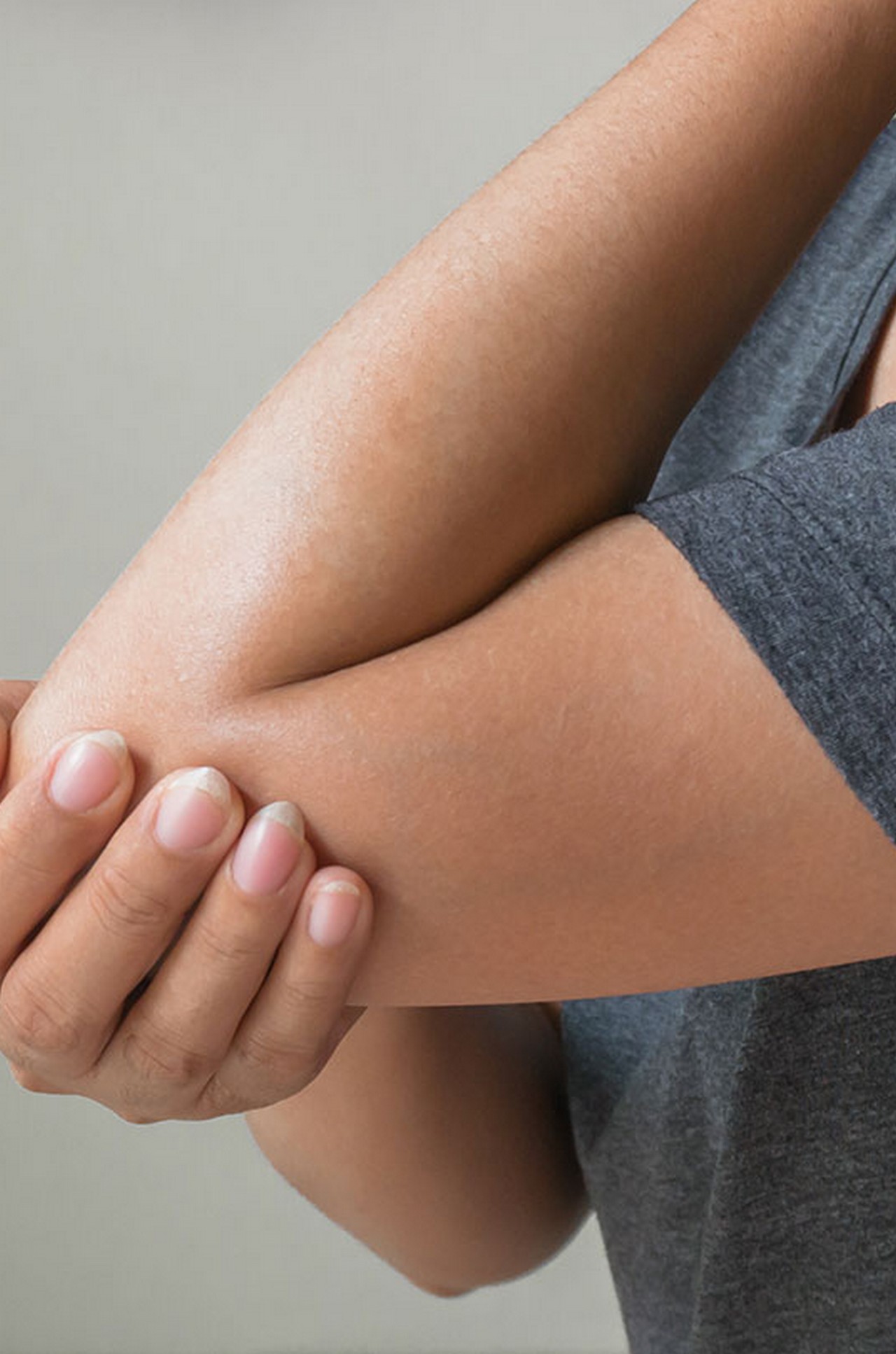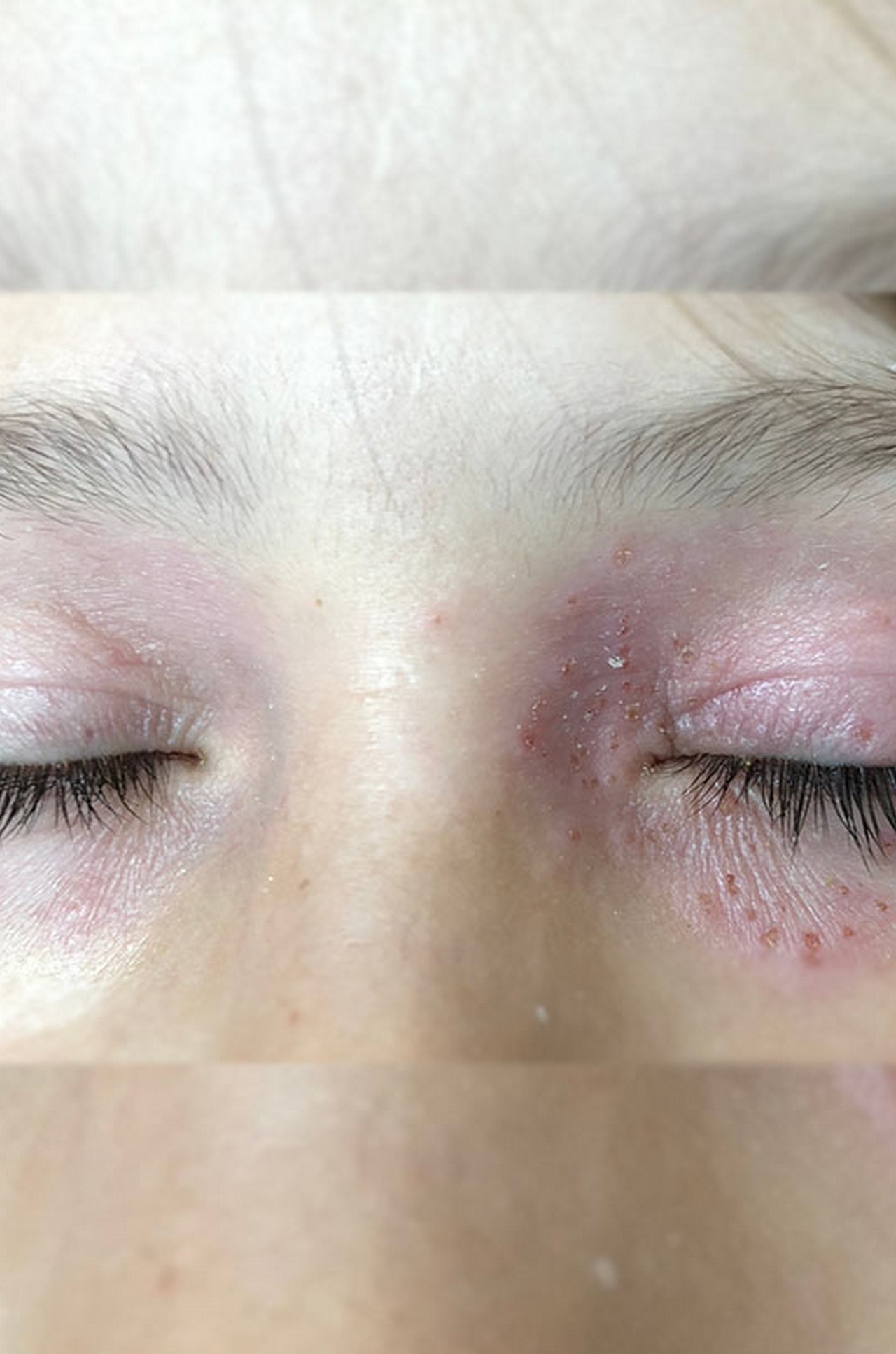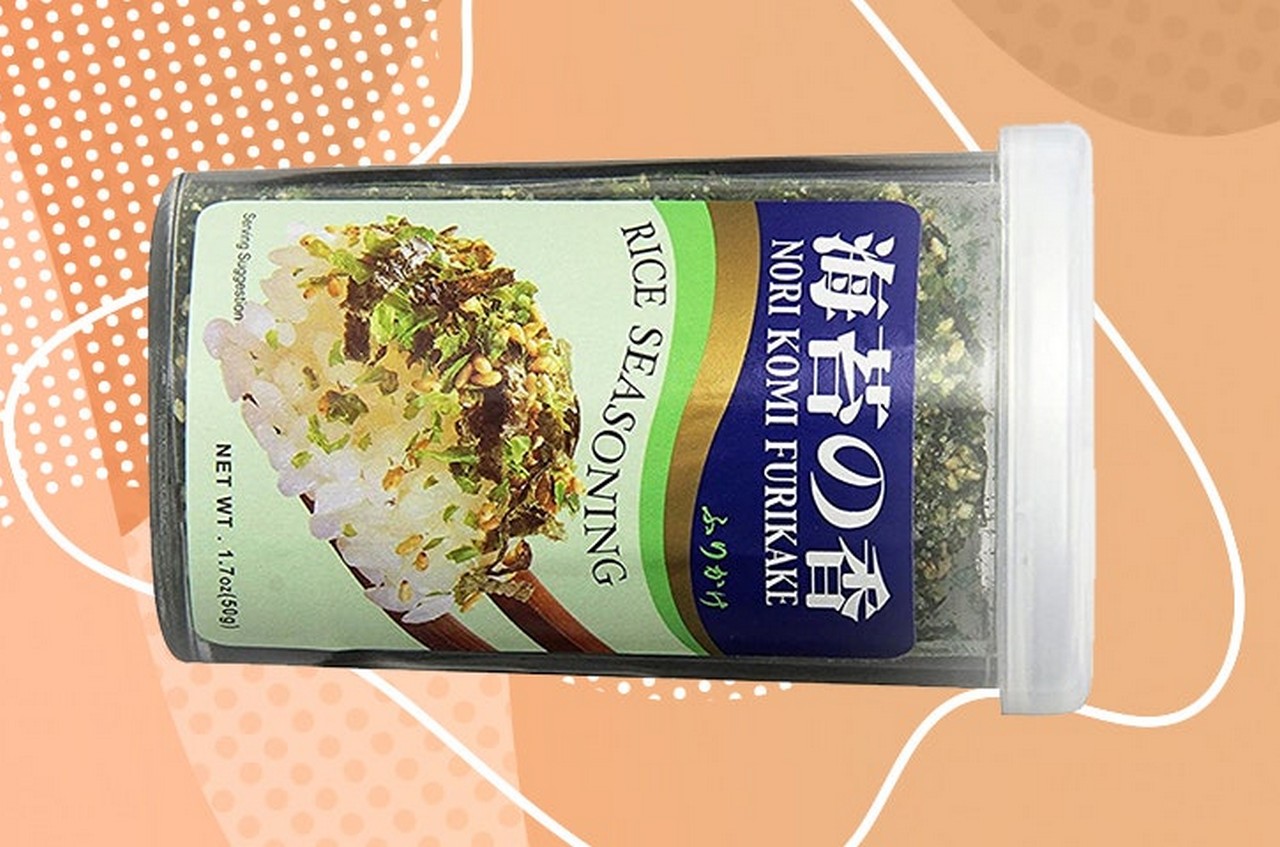
Tendonitis, or inflammation of your tendons, can happen due to sudden twists and falls. While ointments and painkillers can help you ease the pain, the natural treatments for tendonitis discussed in this article can provide immediate relief. Tendonitis can happen anytime during an intense workout or a sudden sprint, causing severe pain and distress! Therefore, it is important to take proper care to prevent further damage and soreness. These natural home remedies can come to your rescue until you get professional help. Read on to know more.
In This Article
What Is Tendonitis?
Tendonitis is a medical condition that develops as a result of inflammation or irritation of a tendon – a thick cord of collagen tissue that attaches your bone to your muscle. This condition is also commonly referred to as tendinitis.
It can occur as a result of a repetitive but minor impact on the affected area or from serious injury. Wondering which areas of your body are more prone to tendonitis? Let’s find out.
Common Areas Affected by Tendonitis
While tendonitis can occur in part of your body where a tendon is connecting your bone to your muscle, it is more likely to occur in the:
- Base of your thumb
- Elbow
- Knee
- Hip
- Shoulder
- Achilles tendon
Tendonitis is classified into different types depending on the different body parts it affects.
Types Of Tendonitis
- Achilles Tendinitis – An injury to the Achilles tendon that may be caused by ill-fitting shoes or sports injuries.
- Supraspinatus Tendonitis – It occurs when the tendon around your shoulder joint becomes inflamed.
- Peroneal Tendonitis – Inflammation of the peroneal tendons (located in the legs and ankles).
- Extensor Tendonitis – Inflammation of the extensor tendons located in your hands and feet.
- Patellar Tendonitis – Inflammation due to an injury to the tissues connecting the kneecap to your shin bone (patellar tendon).
- Tennis/Golfer’s Elbow – Irritation of the tissue that connects your forearm muscle to your elbow.
- De Quervain’s Stenosing Tenosynovitis – This type of tendinitis results from the inflammation of the sheath that surrounds your thumb tendons, between your thumb and wrist.
- Trigger Finger/Thumb – It is caused by the inflammation of the tendon sheath in your palms.
- Tendonitis Of The Wrist – It is a degenerative condition that affects the tendons of your wrist.
Inflammation of your tendon results in the signs and symptoms listed below.
Signs And Symptoms
The symptoms associated with tendinitis are:
- Pain in the affected and surrounding area: The pain can be gradual or sudden and severe in the presence of calcium deposits.
- Frozen shoulder or adhesive capsulitis: Loss of shoulder motion
- Pain that worsens upon movement
- Crackling or grating of tendons as they move
- Swelling
- Redness
- Development of a lump along the tendon
These symptoms can last anywhere from a few days to several weeks or even months.
Various activities can trigger or even worsen existing cases of tendonitis. They include the following.
Causes And Risk Factors
- Carpentry
- Raking
- Gardening
- Painting
- Shoveling
- Skiing
- Scrubbing
- Tennis
- Golf
Other factors that can increase your risk of developing tendonitis are:
- Sitting or sleeping in an incorrect posture at home or at work
- Not warming up before a strenuous workout or sports
- Medical conditions like rheumatoid arthritis, gout, or psoriatic arthritis
- Overuse of the affected tendon
- Infections from a cat or dog bite
Stylecraze TriviaAlthough anyone can get tendonitis, people over 40 are more prone to it. The tendons become less elastic with age, leading to tendonitis.
If you visit a doctor for your condition, they may ask you to undergo any of the following diagnostic tests to confirm tendonitis.
Diagnosis
To diagnose your condition, your doctor may ask you to:
- Get a physical examination done to look for an injured tendon.
- Get an X-ray to look for calcium deposition that will help confirm the diagnosis.
- Take other imaging tests like an ultrasound or MRI scan to look for swelling.
Once your diagnosis is confirmed, you may start looking for ways to alleviate your symptoms. Treatment will help in combating tendonitis faster and preventing your symptoms from worsening.
Before looking at the medical options to treat your condition, why not have a look at some natural treatments for tendonitis that are as effective but with fewer side effects? Keep scrolling!
Note: The first line of treatment for acute tendonitis should be RICE. R – Rest, I – Ice, C – Compresion, E – Elevation of the joint.
Natural Treatments For Tendonitis
- Epsom Salt
- Apple Cider Vinegar
- Ice Packs
- Bone Broth
- Cayenne Pepper
- Vitamin
- Ginger
- Castor Oil
- Turmeric














